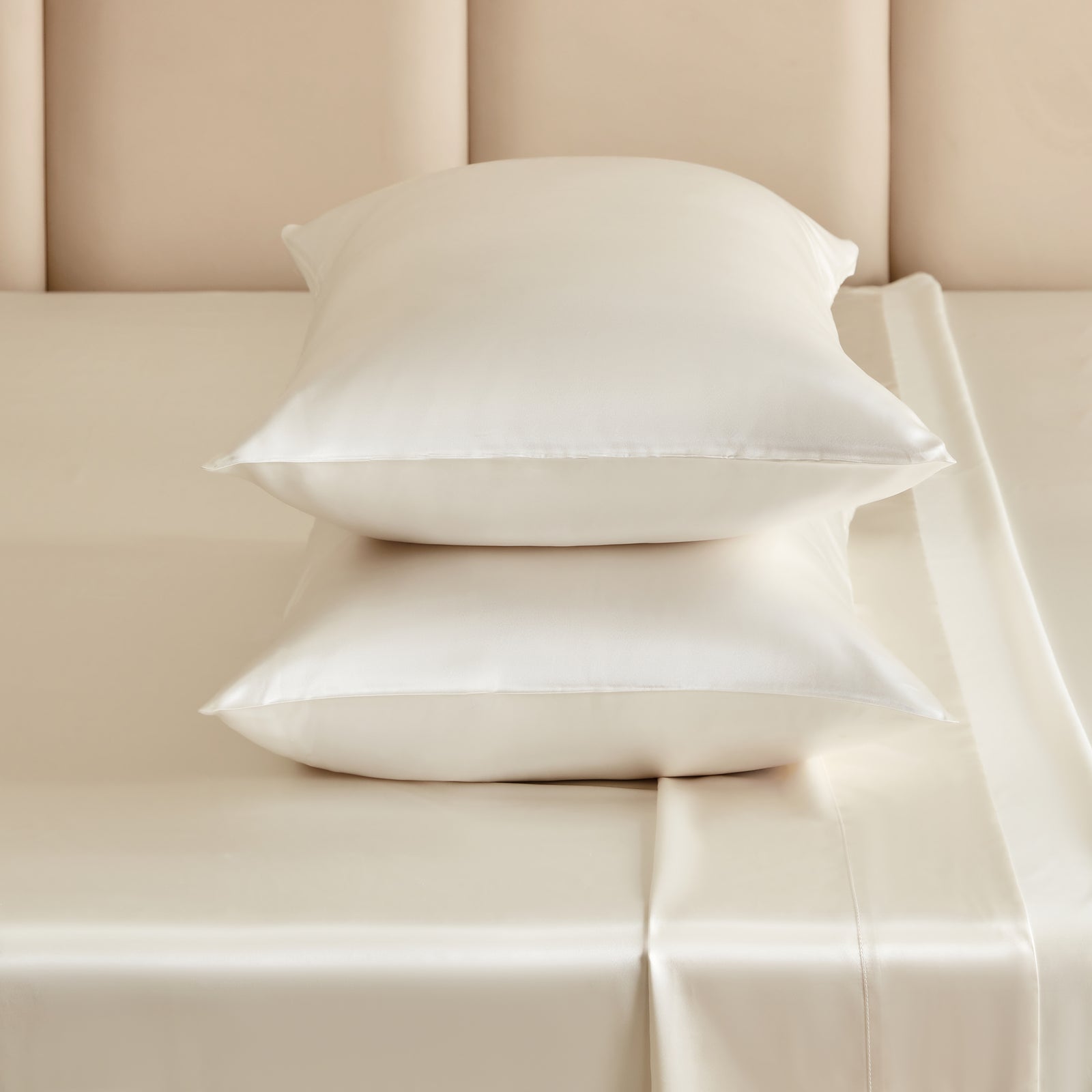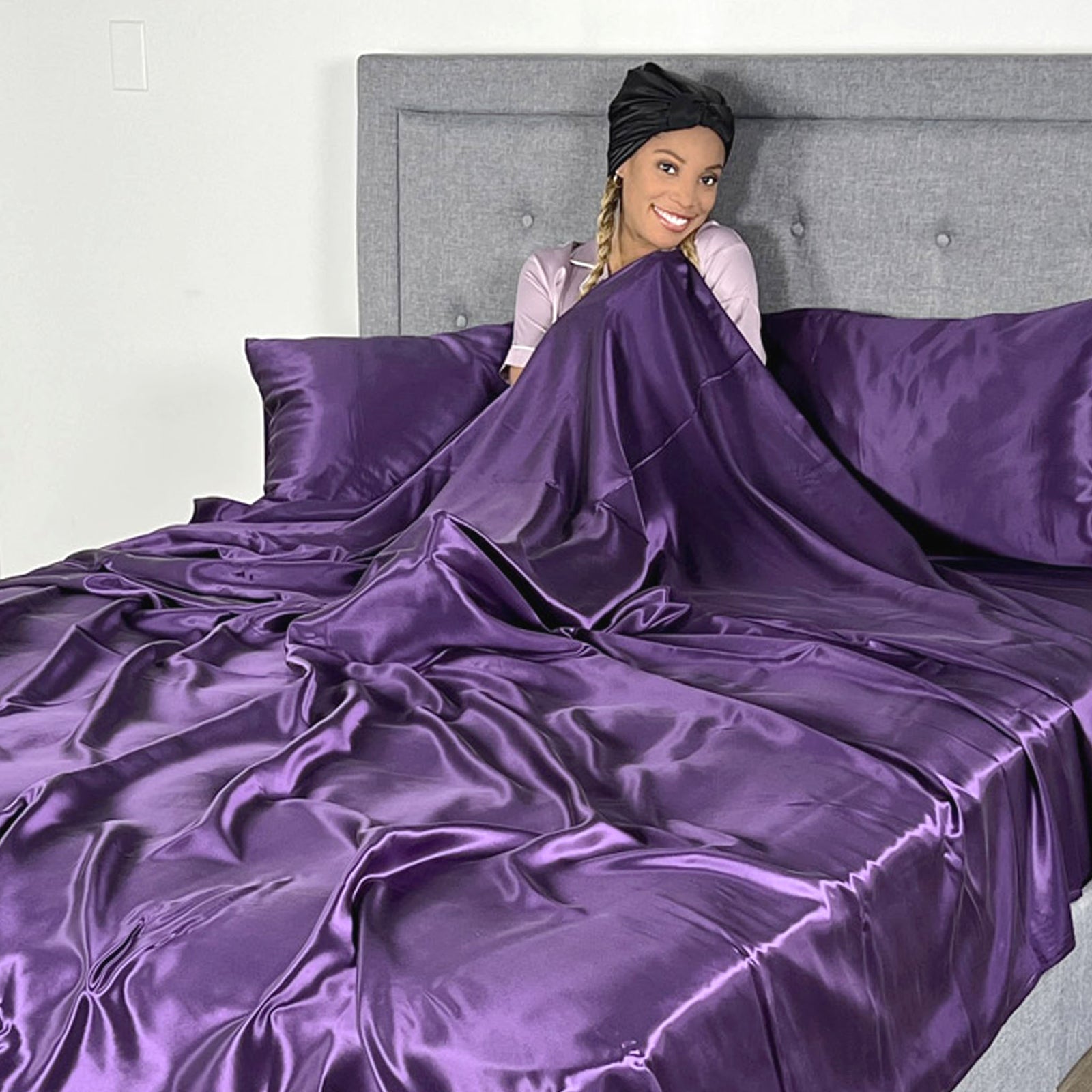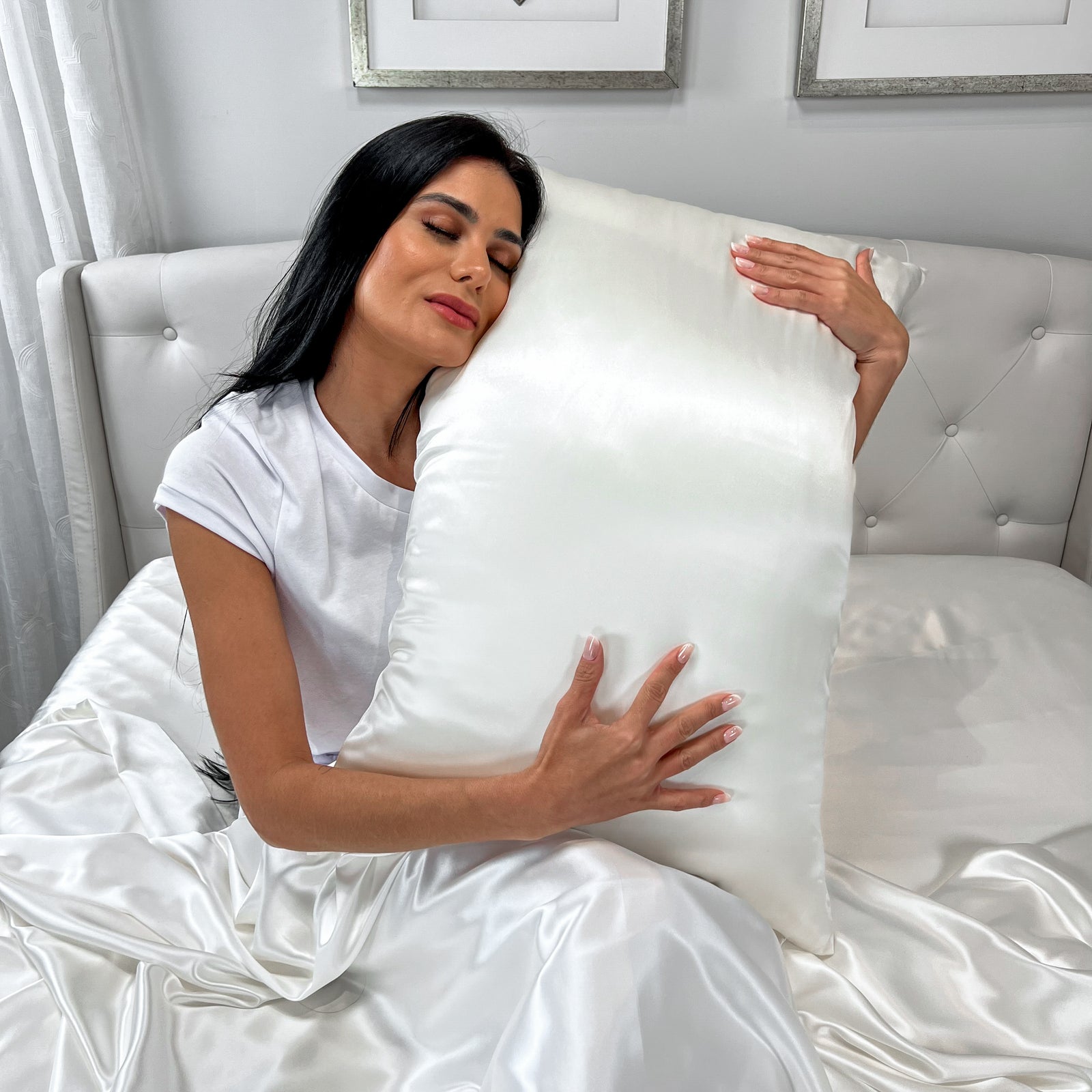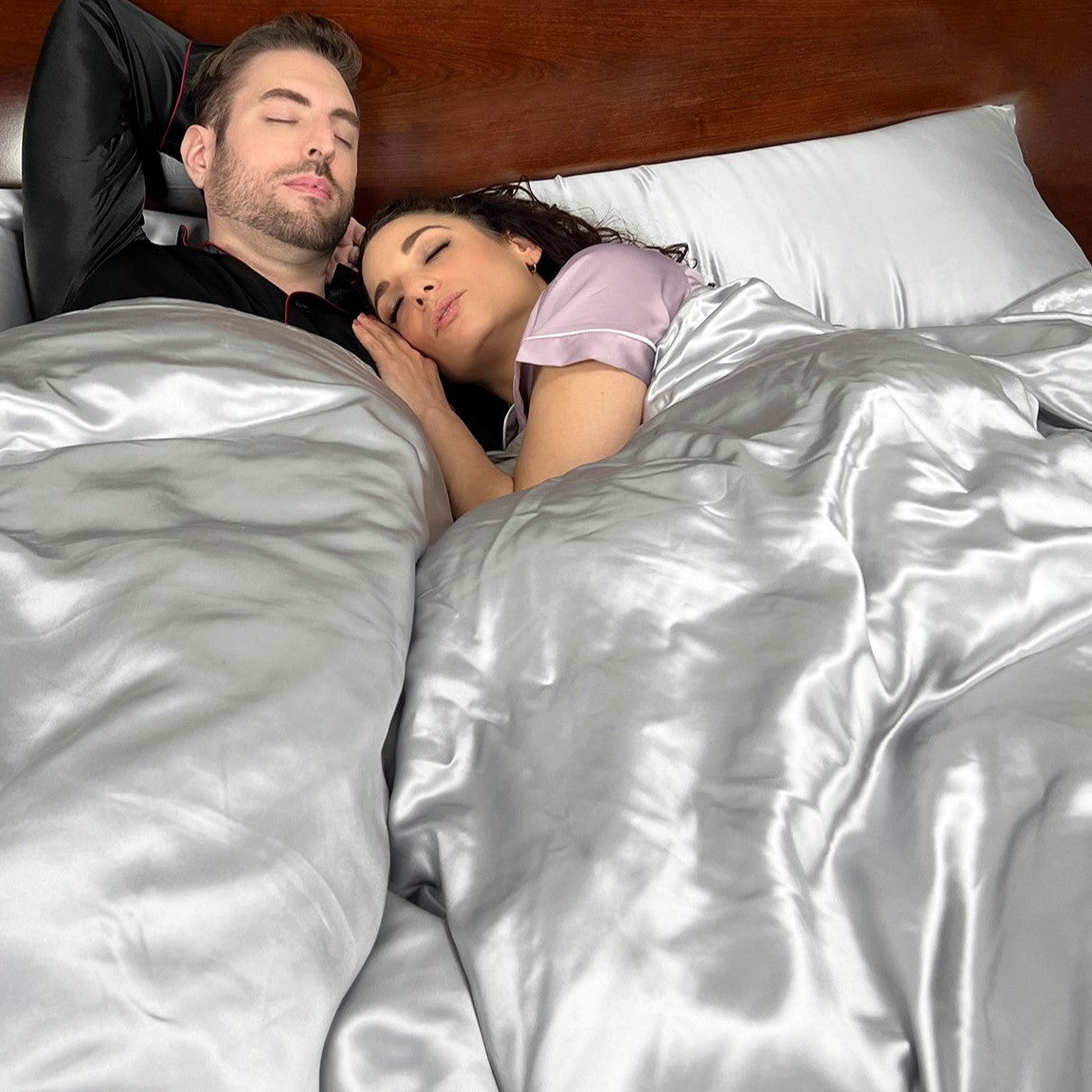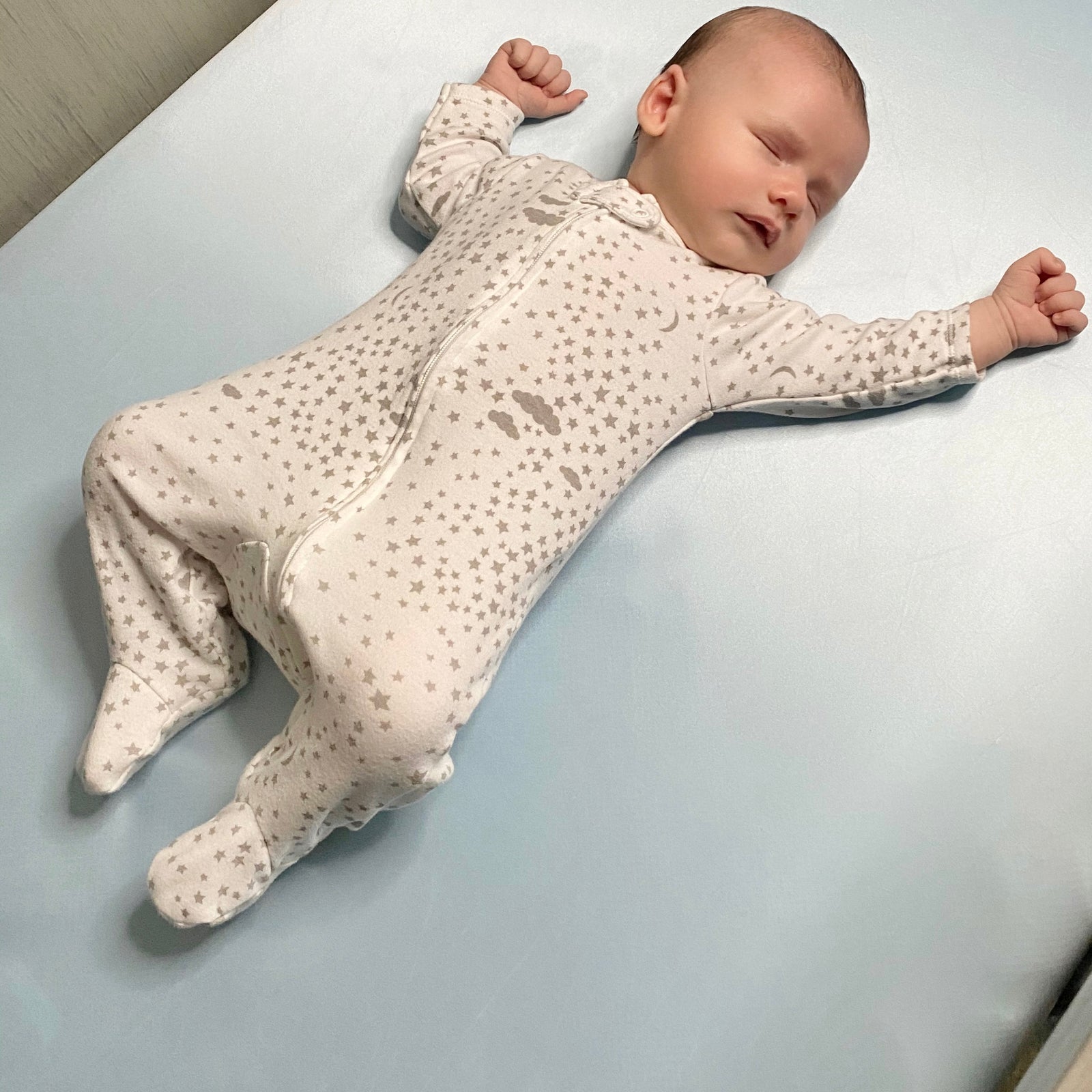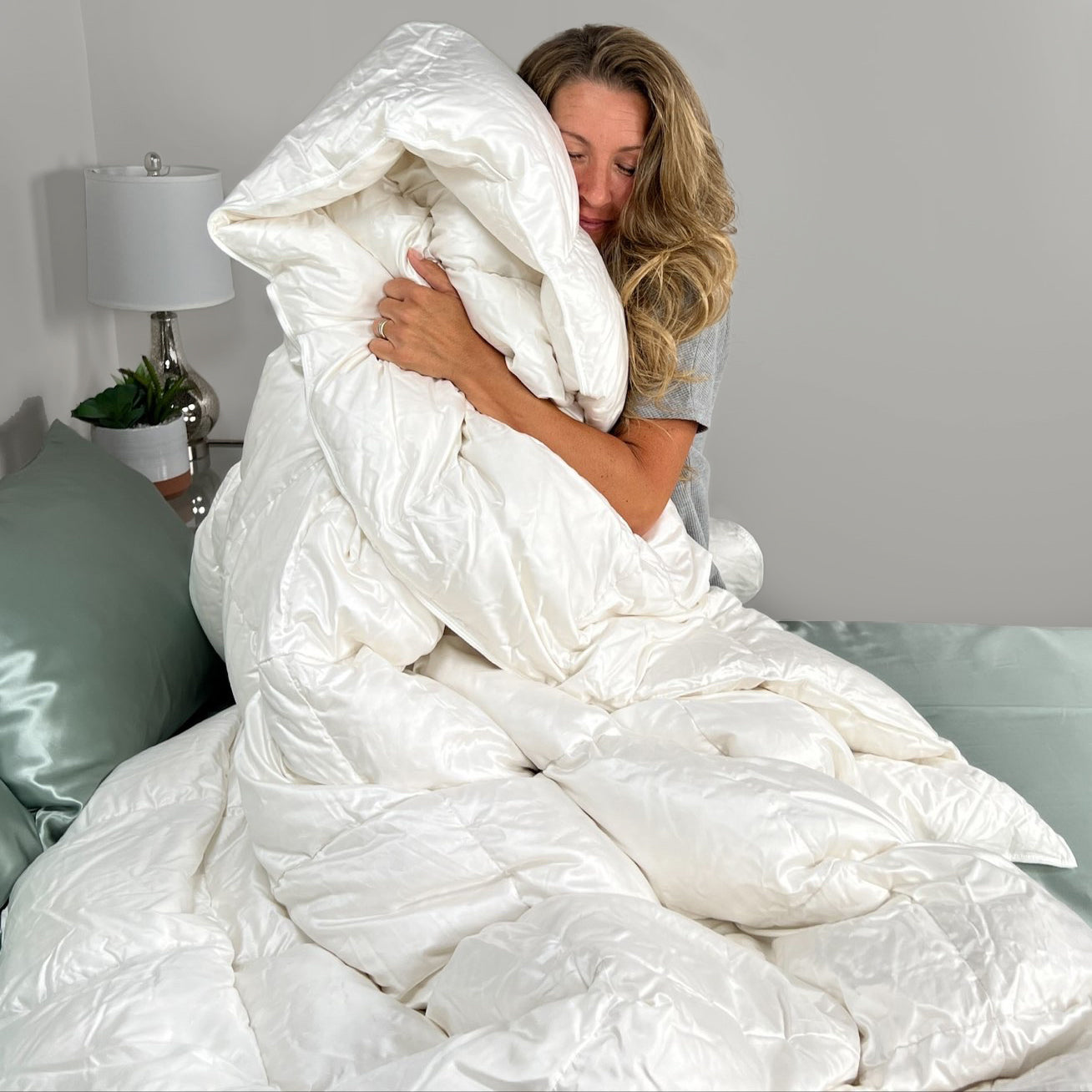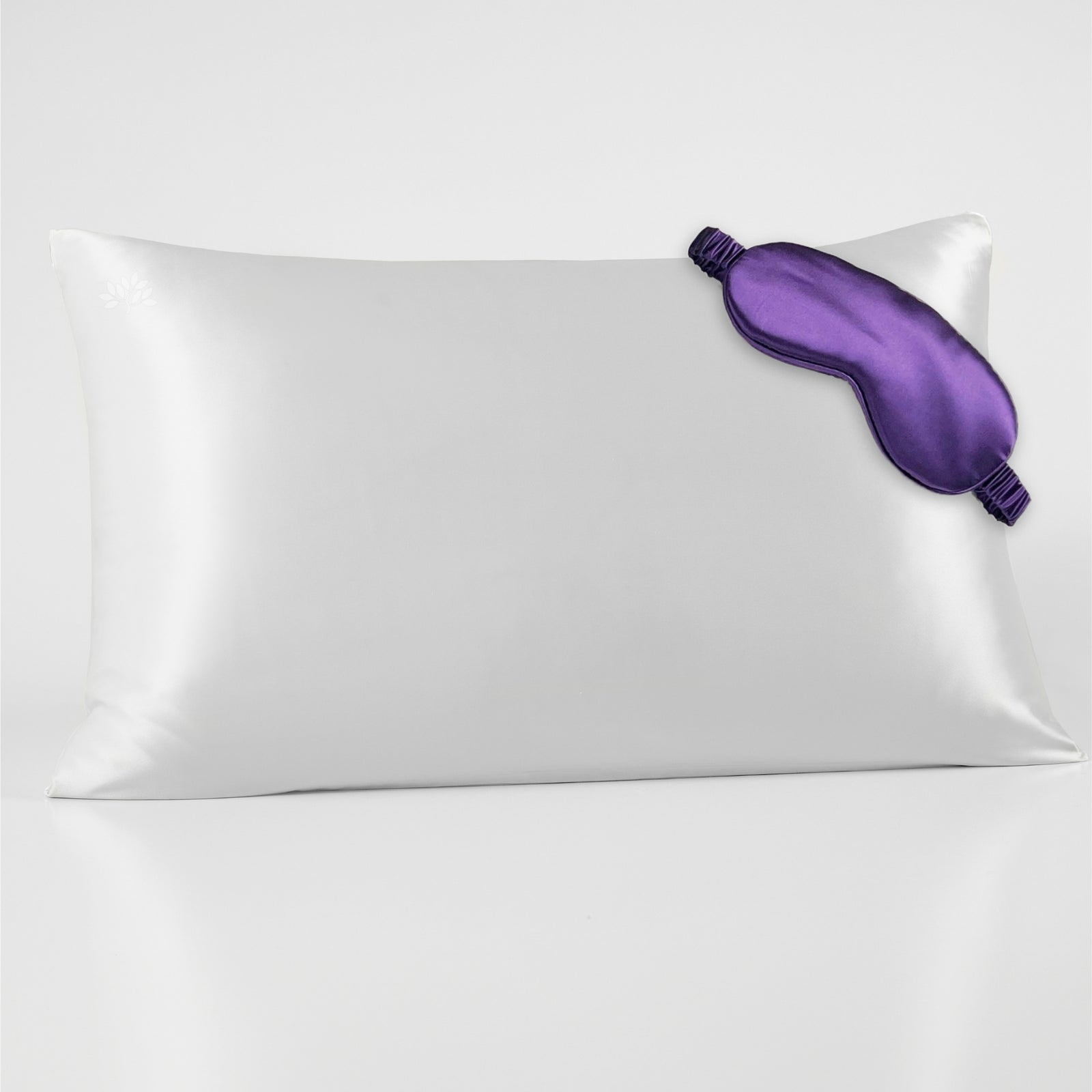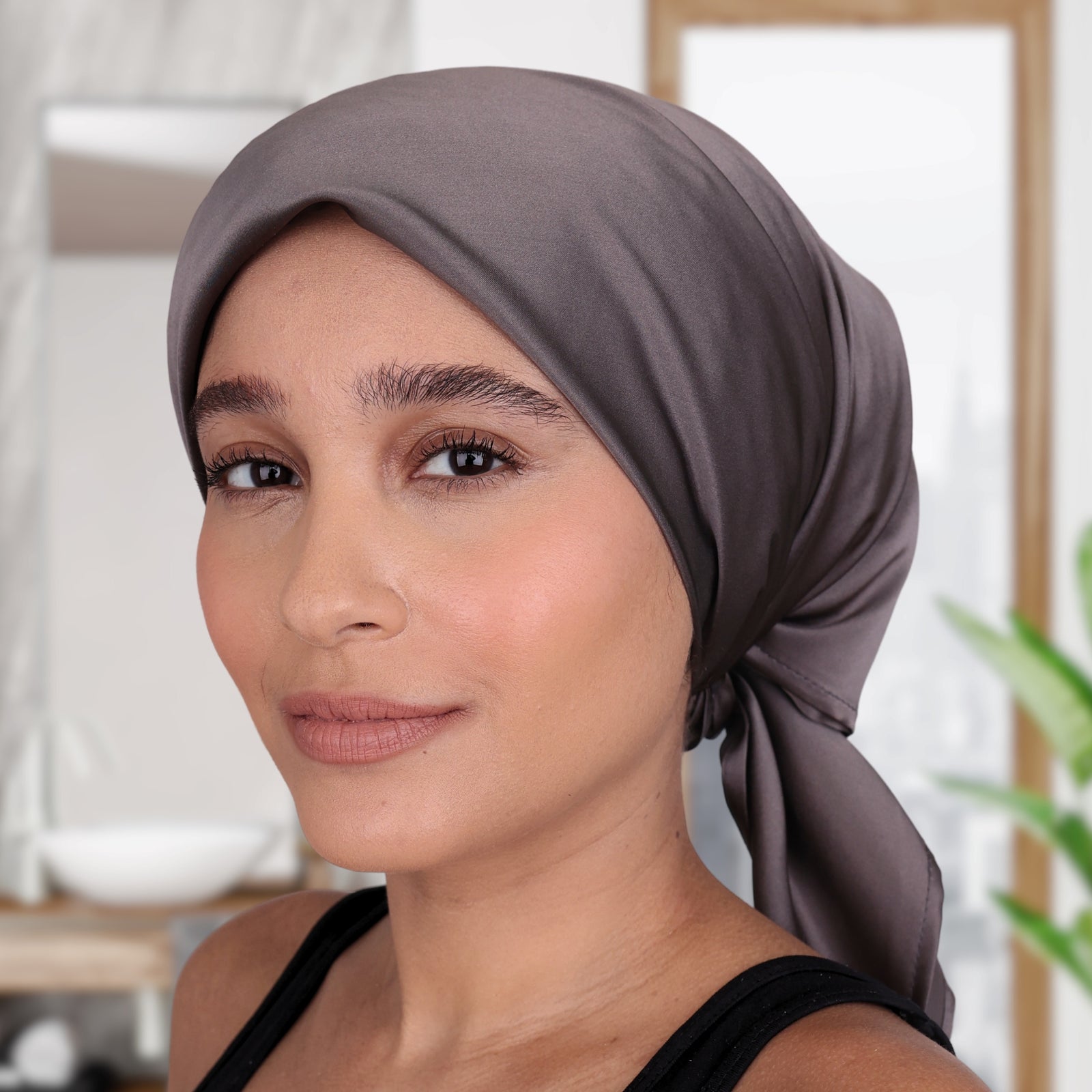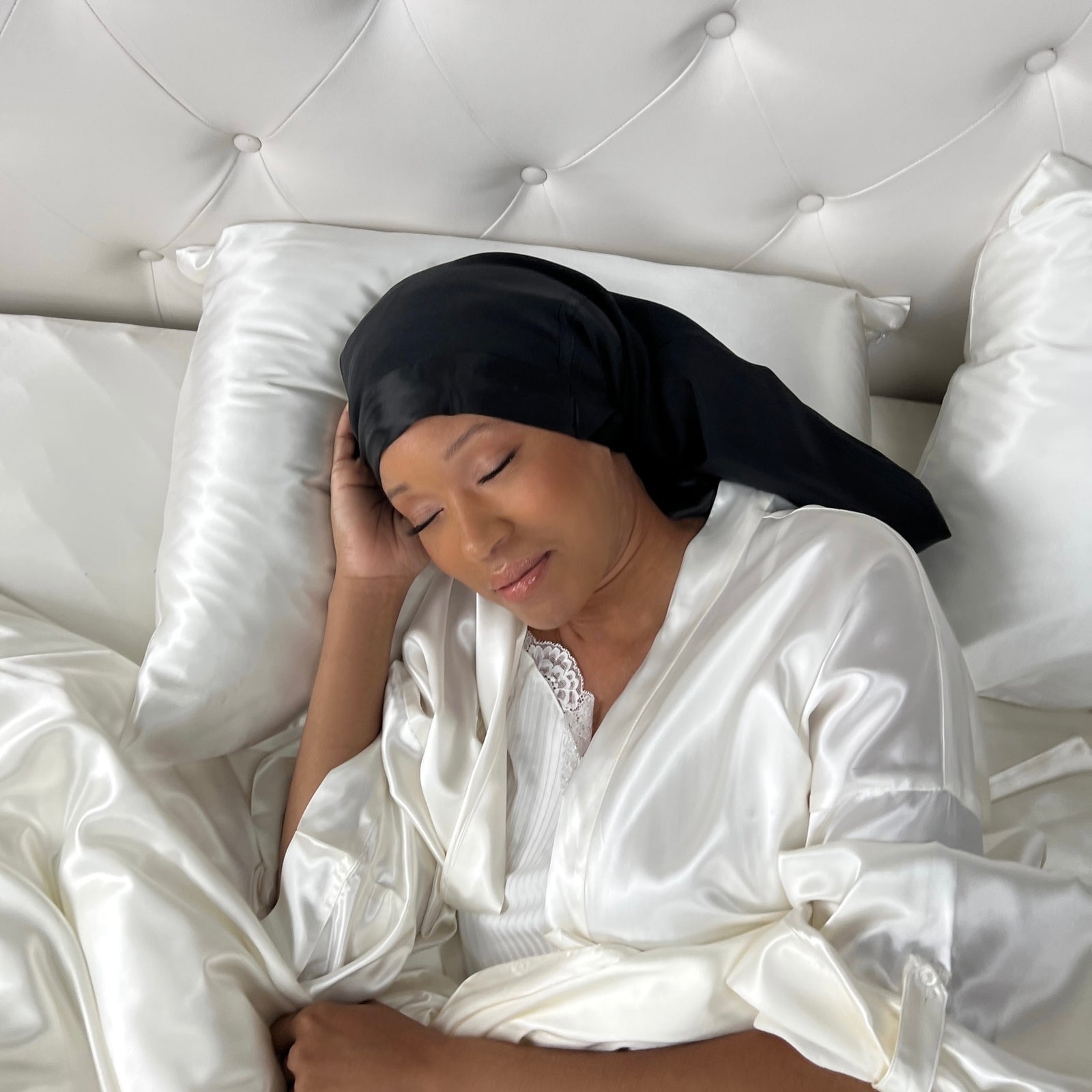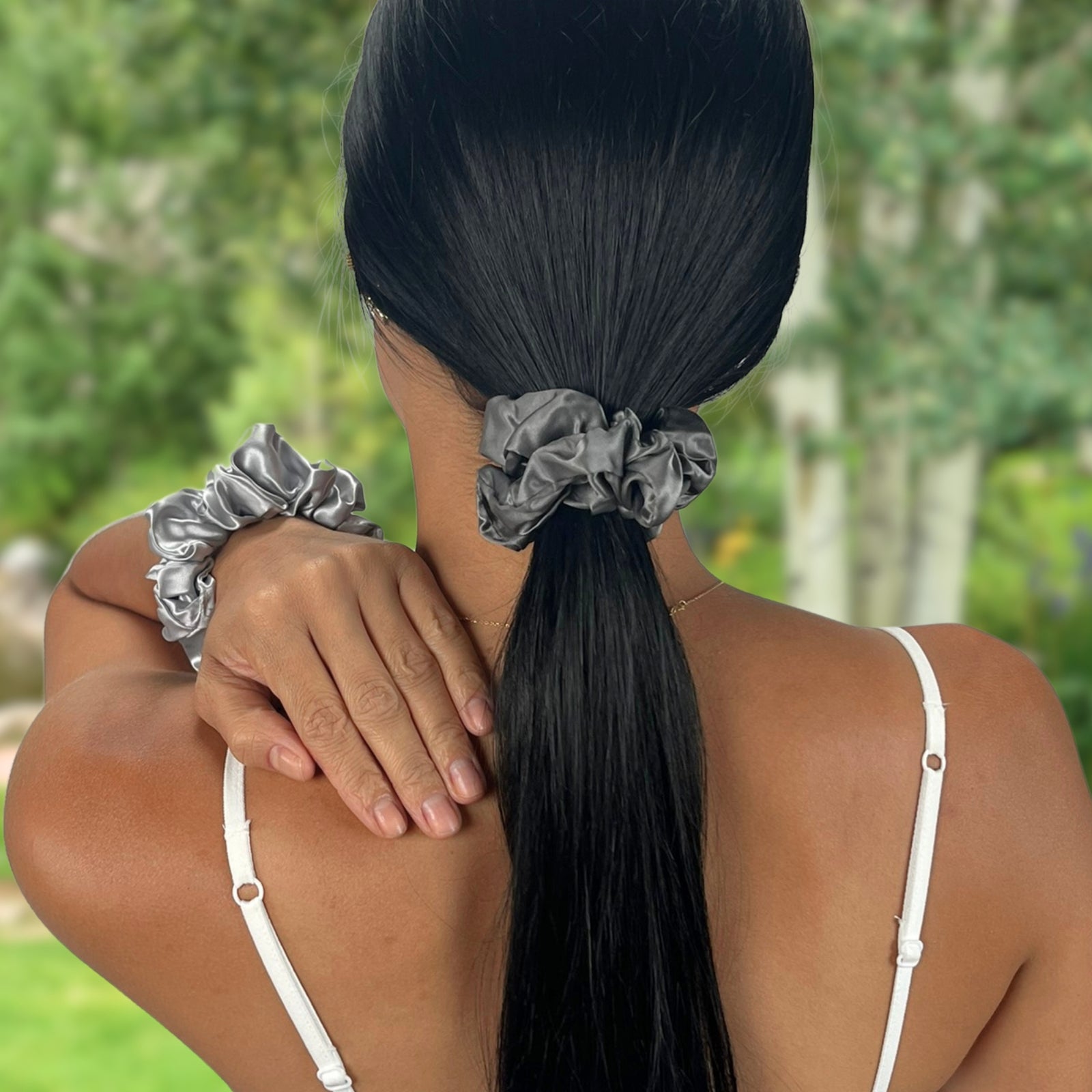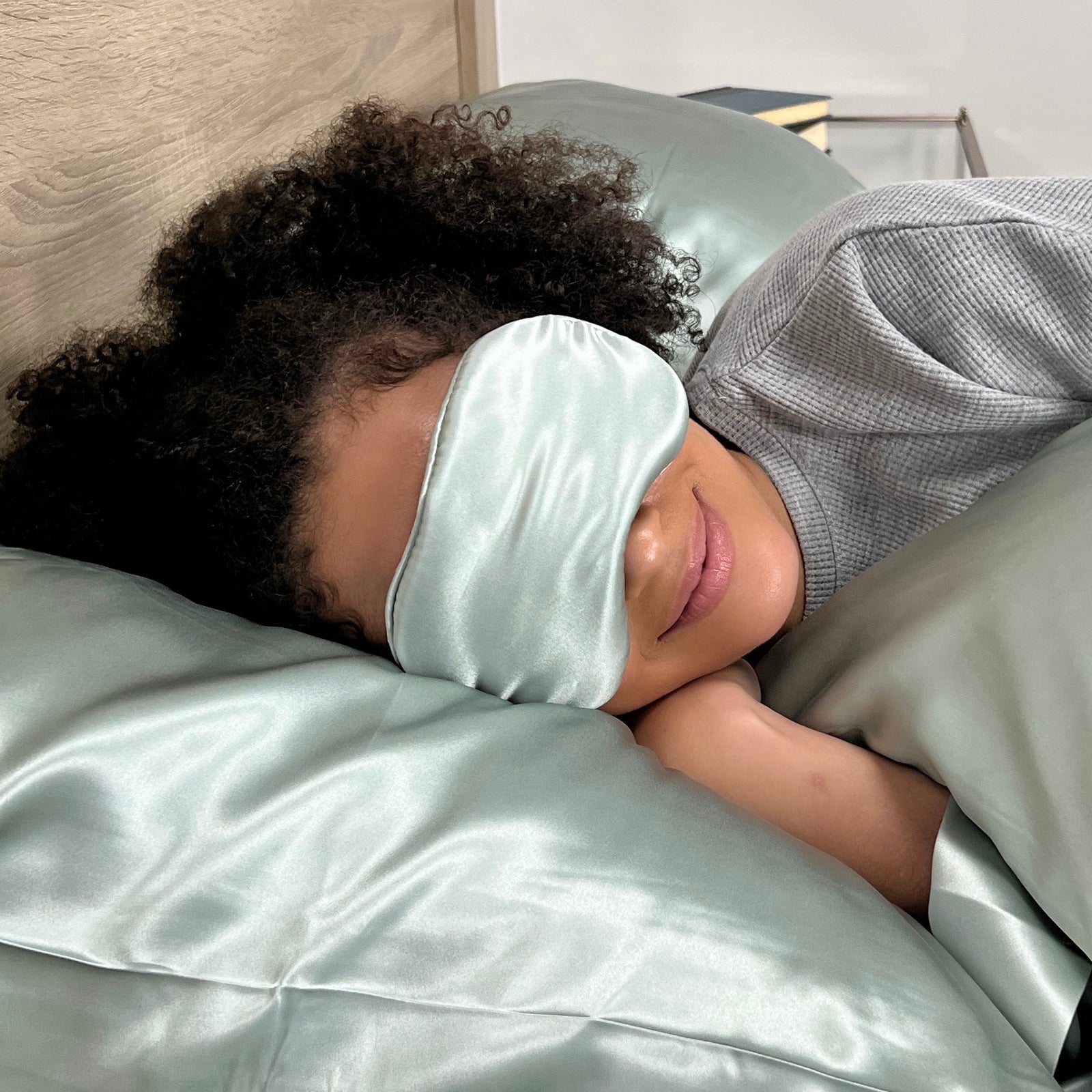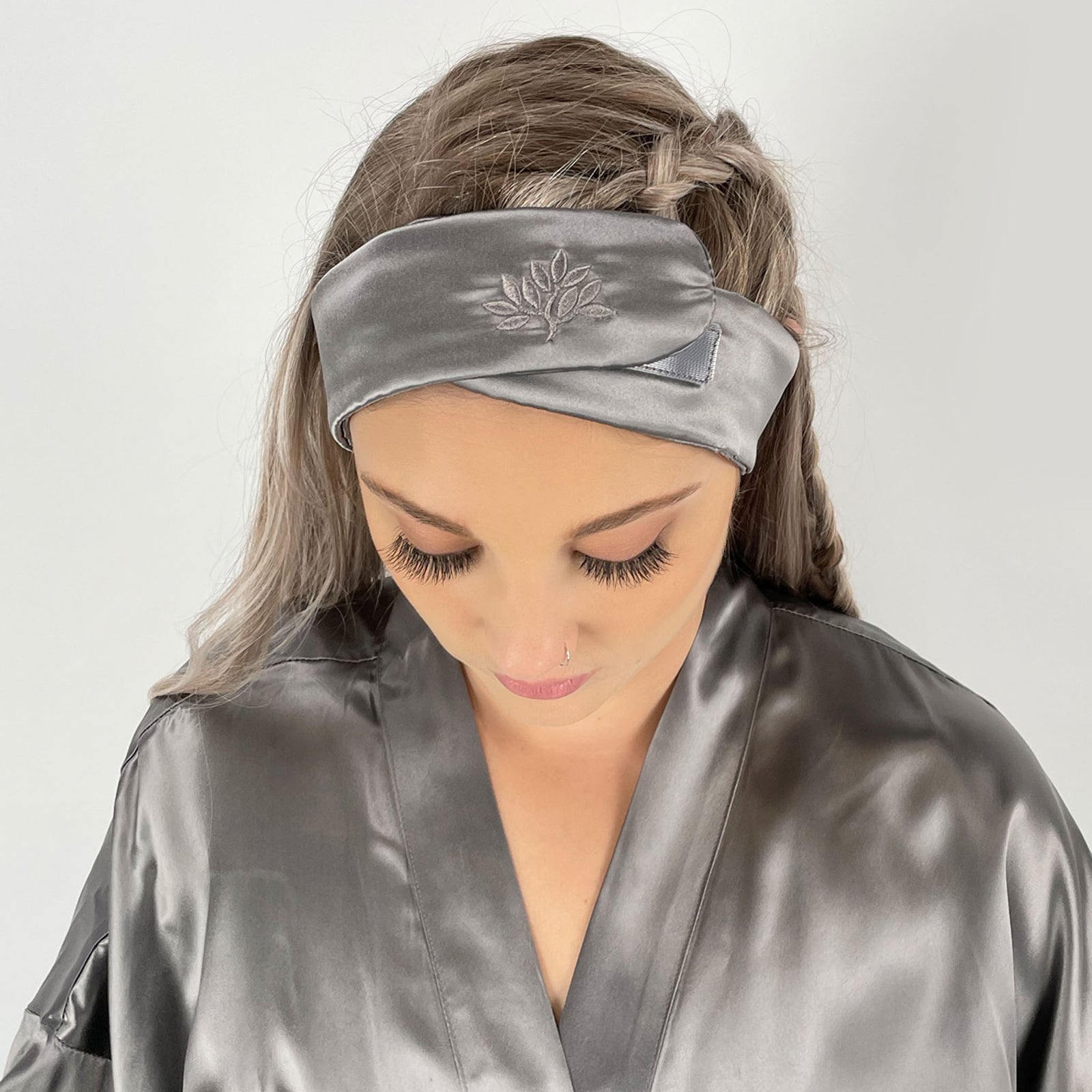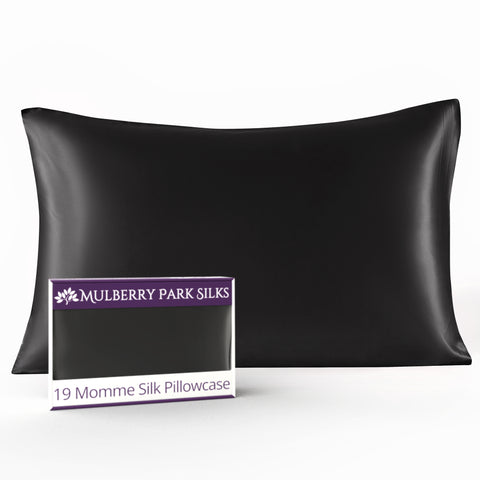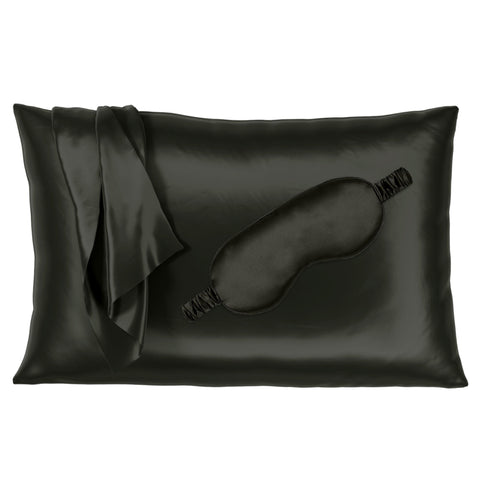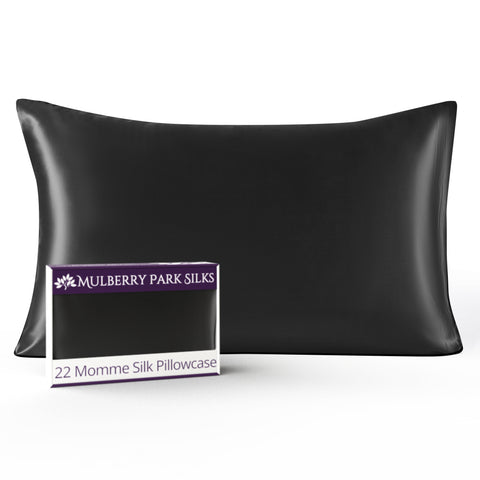You might be wondering-can your skincare routine actually affect your silk pillowcase? The answer is yes. But don't worry-we've got you covered. Our team has done the research and compiled a definitive guide to the top 5 most common facial products and their potential impact on silk pillowcases. This essential resource will help you protect your silk bedding investment while still enjoying the full benefits of your skincare regimen.
Key Takeaways
- Some skincare ingredients can damage silk. Actives like glycolic acid, retinol, and vitamin C can stain or weaken delicate silk fibers if not fully absorbed into the skin before contact with your pillowcase.
- Wait before lying down. Let products absorb for 15–30 minutes to minimize transfer and protect your mulberry silk pillowcase.
- Do a patch test on your pillowcase. Especially with serums that contain dyes or fragrances—apply a small amount in an inconspicuous spot and check for staining.
- Niacinamide and hyaluronic acid are generally safe. These water-based ingredients are gentle on silk but still benefit from careful use.
- Keep a backup pillowcase. Many silk lovers rotate between a “beauty duty” pillowcase and a pristine one for bed-making aesthetics.
- Satin ≠ silk. Satin fabric refers to a weave, not a fiber. Most satin pillowcases are made from synthetic fibers like polyester and lack the benefits of pure mulberry silk.
- Charmeuse silk is made with a satin weave. Warp and weft yarns interlace to create a smooth, lustrous surface that’s ideal for hair and skin health.
- Choose OEKO-TEX® STANDARD 100 certified silk. All Mulberry Park Silks products are tested for over 1,000 harmful substances to ensure safety and quality.

If you're anything like us, you'd sooner go down swinging than give up your skincare collection-or your silk pillowcase. And since neither is going anywhere, you're probably wondering how to keep your mulberry silk pillowcase free from stains. You may have even considered switching to a cheap synthetic satin pillowcase to avoid ruining your prized possession. But thankfully, you're smart enough to know: just because something has a satin weave doesn't mean it's real silk and real silk is clearly just, well...better. While silk is as strong as steel, pound for pound, its smooth surface is the result of a highly specialized satin weave that creates the soft luster you love. Silk is a natural fiber that needs a little bit of extra TLC but don't worry, we'll explain everything.
Silk is naturally hypoallergenic, protein-based, and far less absorbent than cotton-so your expensive serums and creams stay on your skin, not soaked into your pillowcase like water into desert sand. That's probably why you love it so much. But here's the catch: one of the most common questions we get from our customers at Mulberry Park Silks is whether certain skincare ingredients can leave stains or damage the delicate fabric. Read on to learn which ones to watch out for.
Potential Silk Pillowcase Damage: Is Glycolic Acid Night Cream Safe to Use?
Glycolic Acid is excellent for fighting acne, fine lines, and other signs of aging but could potentially ruin a mulberry silk pillowcase. That is if the cream comes into direct contact with the fabric. This is because glycolic acid is an alpha-hydroxy acid that can cause some fabrics to discolor, bleach, or weaken over time.
However, the degree of damage will depend on the concentration of the glycolic acid in the cream, how much of the cream is applied, how long it remains on the skin before coming into contact with the pillowcase, and how often the pillowcase is washed. If the glycolic acid is used sparingly and not directly applied to the pillowcase, the risk of damage should be low.
To minimize the risk of damage to your silk pillowcase, it's best to wait for at least 15-20 minutes after applying the glycolic acid cream before lying down on the pillowcase to allow it to absorb into the skin fully. Alternatively, you can use a separate cotton or linen pillowcase to protect your silk one. You can also wash your pillowcase frequently using a gentle enzyme-free detergent like Heritage Park Fine Silk and Wool Detergent.
Will Vitamin C Serum Cause Discoloration or Staining?

A typical Vitamin C serums contain ascorbic acid, which is an acidic substance that can cause discoloration or bleaching of fabrics like silk when it comes into contact with them.
However, the likelihood of a Vitamin C serum staining a silk pillowcase depends on a number of factors, including the concentration of Vitamin C in the serum, the amount of serum applied to the skin, and the length of time it takes for the serum to absorb into the skin.
To minimize the risk of staining your silk pillowcase with Vitamin C serum, it is advisable to wait for 15-20 minutes after application to allow the serum to absorb fully into the skin before lying down. Using a darker-colored or patterned silk pillowcase can also offer protection against potential stains. In case of accidental staining, it's important to act quickly by dabbing the affected area with a clean, damp cloth and then blotting it dry. You can also try using a mild, pH-neutral detergent to wash the pillowcase, following the care instructions on the label.
Is Your Silk Pillowcase Safe from Damage with Retinol Serums?
Retinol cream can stain your mulberry silk pillowcase, especially if the product has not fully absorbed into your skin before coming into contact with the pillowcase. Retinol is a powerful skincare ingredient that can cause irritation, dryness, and flaking, and it's important to use it correctly to avoid any adverse effects.
To minimize the risk of staining your silk pillowcase, it's recommended to wait at least 20 to 30 minutes after applying retinol before lying down on your silk pillowcase. This will allow the product to fully absorb into your skin and reduce the likelihood of any transfer onto the pillowcase.
Can Niacinamide Serums Cause Irreparable Damage?
Excellent news, not only does Niacinamide build skin cells helping to improve texture and keep your skin acne-free, it is also are unlikely to stain your mulberry silk pillowcases. Niacinamide is a water-soluble form of vitamin B3 that is generally considered safe for use on fabrics, including silk.
However, it is always a good idea to do a patch test first, especially if you have not used the serum when sleeping on your silk pillowcase before. Apply a small amount of the serum to a corner of the pillowcase and let it sit for a few hours to see if there is any discoloration or staining. If there is no reaction, it should be safe to use the serum on your pillowcase.
It's also important to note that some skin care products may contain other ingredients, such as dyes or fragrances, that could potentially cause staining or discoloration. If you are unsure about a specific product, it's always a good idea to consult with the manufacturer or a skincare expert to ensure that it is safe to use on your silk pillowcase.
Will Hyaluronic Acid Destroy My Silk Pillowcase?
An anti-aging secret ingredient, Hyaluronic acid is known for its exceptional ability to hydrate and plump the skin. Likewise, silk pillowcases are revered for their smooth and gentle texture, which can aid in wrinkle prevention. So are these two skincare secrets a match made in heaven?
In general, hyaluronic acid should not destroy a silk pillowcase. Hyaluronic acid is water-soluble and does not contain any harsh chemicals that can damage silk. However, if you are using a product that contains other active ingredients or harsh chemicals, they could potentially harm the silk fabric of your pillowcase.
Should I Do A Patch test?
As a general rule, it's always a good idea to do a patch test before applying any skincare product to your pillowcase. Just apply a small amount of the product to a corner of your pillowcase and wait for a few hours to ensure that there is no discoloration or staining.
It's worth noting that some skincare products may contain additional ingredients such as dyes or fragrances that could potentially cause staining or discoloration. If you're unsure about a particular product, we recommend consulting with the manufacturer or a skincare expert to ensure that it is safe to use on your silk pillowcase.
Keep a Backup
For devoted skincare junkies, the risk of endangering your pillowcase is... well, let's just say it's high. From slugging rituals to sticky night creams, we've all sacrificed a pillowcase or two in the pursuit of dewy, glowy, glass skin.
Enter the seasoned silk-sleeper workaround: the backup pillowcase. Actually, let's be honest-some of us have two or three. One for sleeping (and absorbing the brunt of our 10-step routines) and one that stays gloriously pristine for daytime display. Think of it as your show pony pillowcase.
That "beauty-duty" silk pillowcase may be stained, faded, and splotchy, but it's still 100% pure mulberry silk-and still delivering all the hair- and skin-loving benefits of its prettier counterpart. Meanwhile, your display pillowcase gets to live its best life looking picture-perfect, front and center when you make the bed. The battle-worn one? It hides behind or takes a sabbatical in your linen closet.
Because in the name of beauty-and bedroom aesthetics-we refuse to choose.
Why Sleep on a Silk Pillowcase?
In any case, silk pillowcases are a great choice for maintaining healthy and youthful skin. Unlike cotton pillowcases which are rough on skin, leading to sleep creases and subsequent fine lines and wrinkles. They're gentle on the skin, reduce the likelihood of wrinkles, and can help to prevent hair breakage, especially wonderful for those with curly hair which tends to be drier. Not all that shimmers is gold. Beware of cheap satin imitation and silk blends which will not offer the same skincare benefits as pure mulberry silk. Overall, it is important to invest in the best silk pillowcase available; a 100 mulberry silk pillowcase will achieve the best results. Happy beauty rest!
Want a Silk Pillowcase?
Not Sure which One Is Best?
Want a Silk Pillowcase?
Not Sure which One Is Best?
Mulberry Park: Accessible and Affordable Luxury Silk
We founded Mulberry Park Silks with one simple mission: to design the highest quality silk items in the market and offer them at an affordable price. And we've done just that, with a full range of silk products made from 100% pure mulberry long strand silk fabric. The silk fabric used for our silk sheets and silk pillowcases has also been OEKO-TEX® STANDARD 100 certified and tested for over 1000 harmful chemicals.
Visit us online or call us at (800) 860-1924 to learn more about our silk sheets, silk pillowcases, duvet covers and shams, and real silk accessories including sleep masks, travel pillows, and silk hair scrunchies.
Frequently Asked Questions
Q: Can glycolic acid night cream damage my silk pillowcase?
A: Yes, glycolic acid can potentially damage your mulberry silk pillowcase if the cream comes into direct contact with the fabric. As an alpha-hydroxy acid (AHA), glycolic acid may cause discoloration or weakening of filament fibers over time. To prevent this, allow your cream to fully absorb (at least 15-20 minutes) before resting your head. Alternatively, you can place a cotton or plain weave fabric over your pillow for added protection. Wash regularly with an enzyme-free detergent formulated for silk and wool.
Q: Will Vitamin C serum stain or bleach my silk pillowcase?
A: It can. Most Vitamin C serums contain ascorbic acid, which can discolor or bleach natural fibers like silk-especially when left to sit on the fabric. To minimize risk, wait 15-20 minutes post-application. Using patterned or darker-colored silk satin weave pillowcases may also help mask any potential discoloration. Blot fresh stains immediately with a clean cloth and wash gently using a pH-neutral detergent.
Q: Is retinol safe to use when sleeping on a silk pillowcase?
A: Retinol creams may stain silk satin pillowcases if not fully absorbed before bedtime. As with other active ingredients, give the product 20-30 minutes to soak in before contact with your silk weave fabric. Silk's delicate warp and weft threads are highly refined and can be compromised by oily or acidic residue.
Q: Does niacinamide serum damage silk pillowcases?
A: Not typically. Niacinamide is water-soluble and generally considered safe for natural silk fiber products. However, serums may include additional ingredients-like synthetic dyes or fragrances-that can affect satin weave fabric. A patch test is always a good idea: apply a small amount to an inconspicuous area of your pillowcase and check for any discoloration after a few hours.
Q: Will hyaluronic acid harm my silk pillowcase?
A: No. Hyaluronic acid is water-based and gentle, making it safe to use with silk pillowcases. Just be sure your product doesn't contain other active ingredients that might be more aggressive on delicate fabrics.
Q: Should I perform a patch test before using skincare products on silk pillowcases?
A: Absolutely. Apply a small amount of your skincare product to the corner or edge of the pillowcase-ideally on an area with less weave exposure-and let it sit. Watch for any color shift, texture change, or damage to the satin weave.
Q: Why should I sleep on a silk pillowcase?
A: Silk pillowcases offer unparalleled beauty benefits. Unlike cotton or synthetic satin, 100% pure mulberry silk features a satin weave structure that creates a luxuriously smooth surface. This minimizes friction, prevents hair breakage, and reduces sleep creases that contribute to wrinkles. Silk is also naturally hypoallergenic, protein-based, and less absorbent than other fibre types, allowing your skincare products to stay put on your face rather than being absorbed. Always opt for genuine silk-not satin made from polyester or rayon-to enjoy the full benefits.
Q: What's the difference between a real silk pillowcase and a satin one?
A: Oh, we love this question-because not all that shimmers is real silk. A true silk pillowcase (like ours!) is made from 100% pure mulberry silk, woven using a satin weave to achieve that famously smooth, glossy finish. It's a natural, protein-based fiber that's breathable, hypoallergenic, and loaded with skin and hair benefits.
A satin pillowcase, on the other hand, is usually made from satin fabric-which refers to the weave pattern, not the fiber. Most satin pillowcases on the market are made from synthetic fibers like polyester or rayon, and while they may look shiny thanks to their satin weaves, they don't offer the same softness, breathability, or beauty benefits as genuine silk.
Think of it like this: silk is a five-star spa treatment; satin fabric is the knockoff version with pretty packaging but no long-term glow. Bottom line? Silk is the real deal. Satin is the dupe. Your skin (and hair) can tell the difference.
Q: How is the Charmeuse Weave Created?
A: At the heart of every Mulberry Park Silks pillowcase is the charmeuse weave, a classic form of satin weaving that blends beauty and performance. In this weave style, warp yarns (running lengthwise) are held under tension and must be incredibly strong to endure the stress of weaving. We use only Grade 6A silk filaments-renowned for strength, shine, and natural luster.
The weft yarns, which cross the fabric horizontally, control the drape, texture, and weight of the silk. Together, warp and weft threads interlace to form long, floating yarns across the surface-a hallmark of the satin weave-creating that ultra-smooth, glossy feel on one side and a matte finish on the other.
Why does this matter? Because this sophisticated weave structure-not found in plain weave or twill weave fabrics-delivers the softness and silkiness that promotes healthy skin and hair. Each pillowcase is made from hundreds to thousands of woven filament fibers, making it both durable and decadently soft.

